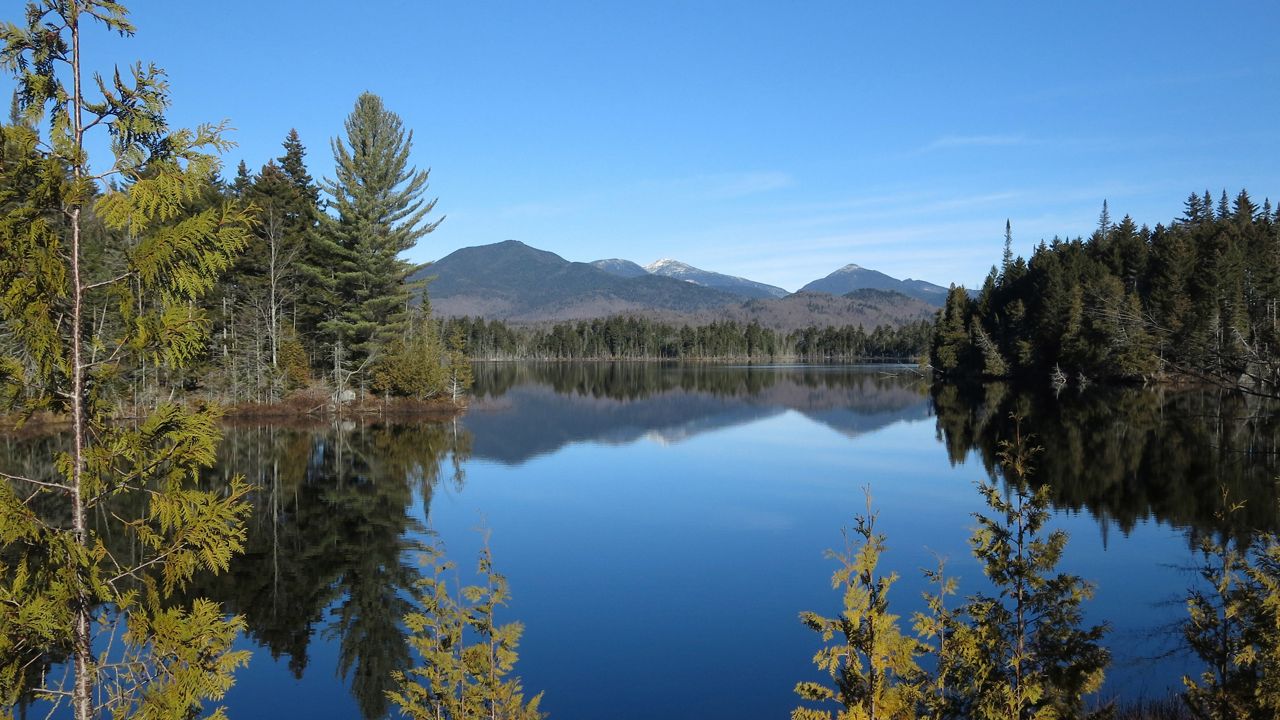Overuse, litter, crowding and trail degradation were among the top concerns in a report released Monday by Adirondack stewardship advocates.
The report released by the Leave No Center for Outdoor Ethics called for more funding to implement the changes as crowds flock to popular destinations within the park like the High Peaks Wilderness Area. And it comes as overuse of the Adirondacks, jammed with tourists now year round, has become a growing concern for state officials.
The report's recommendations include better education for "leave no trace" policy and potentially limiting crowd sizes in wilderness areas.
The report was based on a multi-year survey and study of use issues within the park, which has become an increasingly popular destination, highlighted in both tourism ad campaigns and on social media.
“Perhaps the most useful first step taken by Leave No Trace was its conversations with local not-for-profit organizations and veteran state officials about the scope of the problem,” Adirondack Council Executive Director Willie Janeway said.
“The center conducted an online survey of state land managers, key partners, and others during August of 2019 to collect data on recreation trends and patterns, pressing recreation-related issues, significant impacts from recreation, and strategies currently being used to address these concerns.”
The Adirdonacks have become an increasingly popular tourist destination for New Yorkers as well as out-of-state visitors. It's a relatively inexpensive outdoor getaway, and some of its attractions can be visited for a day trip.
But long lines of cars overflowing from parking areas near trailheads and the erosion of trails in protected areas has been cause for growing concern among environmental advocates as well as state officials.
The region has long had to balance the natural beauty of the Adirondacks along with with tourism and natural resource potential.
Some recommendations, such as placing capacity limits, reservations and user fees are already in place for campgrounds and areas used for the day, but are not implemented in protected wilderness areas.
The report found hiking, water activities, winter sports and camping in developed sites remain the top activities in the park. But overuse, crowding, the degradation and eroision of trails, along with waste from people and pets, have also contributed to problems.
Parking issues, along with people unprepared for spending time in the park, have also led to overuse problems.
The antidote: Most respondents to a survey of conservation advocates found boosting educational programs like Leave No Trace were among the preferred methods for protecting the land within the Adirondacks.
There are more than a dozen ways of getting that message out to voters, including through social media, printed and digital media and through local user groups.











